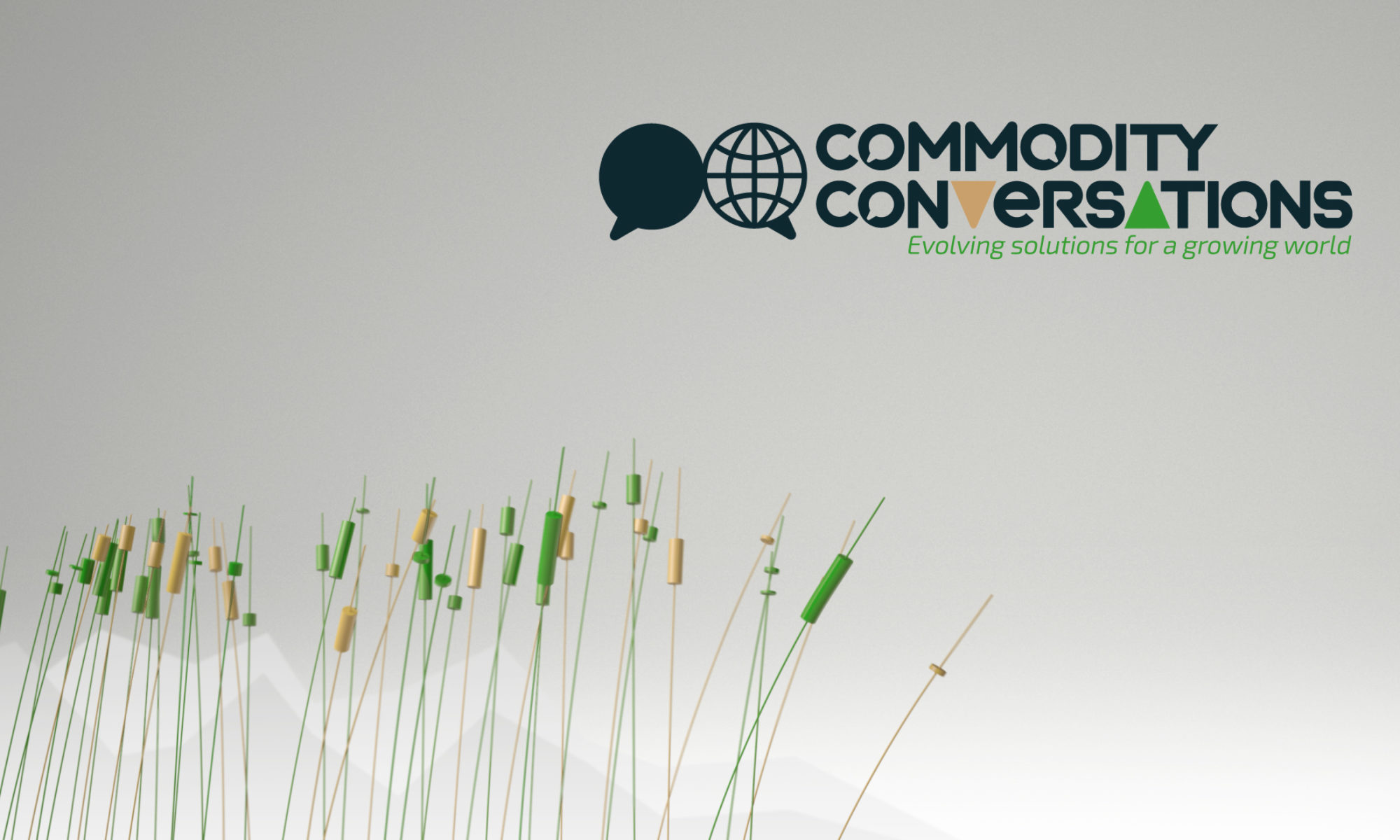The food crisis was a major topic of discussion in Davos last week. Some participants argued that food supply chains have collapsed, with around 30 countries currently restricting food exports. (Thailand is one country that will benefit from other countries’ export restrictions.)
Malaysia this week joined the list with a ban on chicken exports, and India announced that it would limit sugar exports in the current 2021/22 marketing year to 10 mln mt. (Indian mills have signed contracts to export 9.1 mln mt of sugar and already exported 8.2 mln mt.) Bloomberg called the ban “an extreme case of precaution.”
India’s food and trade minister said India might relax its export curbs on wheat. He explained the ban ensured a fair distribution of grains to countries in need rather than allowing speculators to manipulate the market. There have been fears that India might limit rice exports, but domestic supplies are adequate, and the government has decided that export restrictions are unnecessary for the time being. In the meantime, however, India could face a chapati crisis.
There have many media articles about Russia weaponising food. European politicians have condemned Russia for blocking Ukraine’s access to the sea and accused the country of blackmail.
The EU and Ukraine want to impose a safe sea corridor for food exports. The Russian president said that he would comply if the West removed its sanctions. The UN suggested that the West could lift sanctions on fertilisers if Russia allowed Ukraine to export grain, but Russia wants all sanctions lifted.
The Kremlin argues that Ukraine caused the food crisis by placing mines in coastal areas. Ukraine is worried that removing the mines would allow Russia to launch a sea invasion. The EU called for talks with Moscow on the issue.
Speeding up rail shipments may be a solution in the short term. Lithuania has received its first rail delivery of grain from Ukraine for shipment from Klaipeda port and expects to receive up to one train per day, each with 1,500 tonnes of grain. The trains reach Lithuania via Poland. Ukraine also hopes to move 700/750,000 mt a month from two small ports on the Danube to Romania for onward shipment to North Africa and Asia.
The country is running out of time before the new harvest. The country’s spring crop sowing campaign is 89 per cent complete at 12.64 million hectares. The war makes further sowing progress unlikely.
China may have bought up to 400,000 mt of corn from Brazil for September/October shipment, replacing some of their lost Ukrainian corn imports.
US corn planting is running at the second-slowest pace in more than a quarter-century, and spring wheat planting is the slowest on record as wet and cool weather has plagued the northern plains. Some farmers may soon find it more profitable to file insurance claims and keep their land idle.
The BBC has a long read on palm oil in which they accuse plantation owners of depriving Indonesian tribes of millions of dollars. Aljazeera has a background article on the challenges facing the Malaysian palm oil sector, suffering from a shortage of foreign workers.
India’s palm oil imports could fall to an eleven-year low as the country imports more of the cheaper soy oil.
Indonesia will remove its subsidy on bulk cooking oil and replace it with a domestic price limit on the raw materials used to produce it. (Reuters explains Indonesia’s stop-start export policy here.) However, the country has no plans to reduce palm oil in its biodiesel mix.
The FT calls for a rethinking of global biofuels policies and argues that a 50 per cent reduction in grain used for biofuels in Europe and the US would compensate for all the lost Ukrainian grain exports. The US and many other countries face a dilemma over their biofuel policies as the prices of food, fuel, and feedstocks climb simultaneously.
Spot prices for the nitrogen fertilizer ammonia fell to $1,000 per mt last week, down 30 per cent in the past month. They are still 87 per cent higher than a year ago. Analysts attributed the price fall to demand destruction.
The CEO of Yara, the fertiliser producer, has said that sanctions have removed at least 15 per cent of the global fertiliser supply. Even so, Brazil is importing record quantities for its soybean crop. A Rabobank analyst said that even with higher fertiliser prices, Brazilian margins from soybean sales are at 56 per cent over operational costs for the next season.
Bloomberg offers this engaging investor guide to food protectionism but at the same time warns that the commodity price boom may be topping.
The New Scientist examines the ecological impact of farming in the Ishikari Lowland in northwest Japan, an area inhabited by hunter-gatherer communities until the 19th century. The journal also reviews the book Regenesis: Feeding the world without devouring the planet, in which the author writes, “Farming is the most destructive human activity ever to have blighted the Earth.”
Finally, rising prices could end a great British tradition: fish and chips. Over the past year, the prices for cod and haddock are up 75 per cent, sunflower oil is up 60 per cent, and flour is up 40 per cent. What will we eat instead? False bananas and fake meat, anyone?
© Commodity Conversations ® 2022
Many of the above links require subscriptions. Please support quality journalism.











